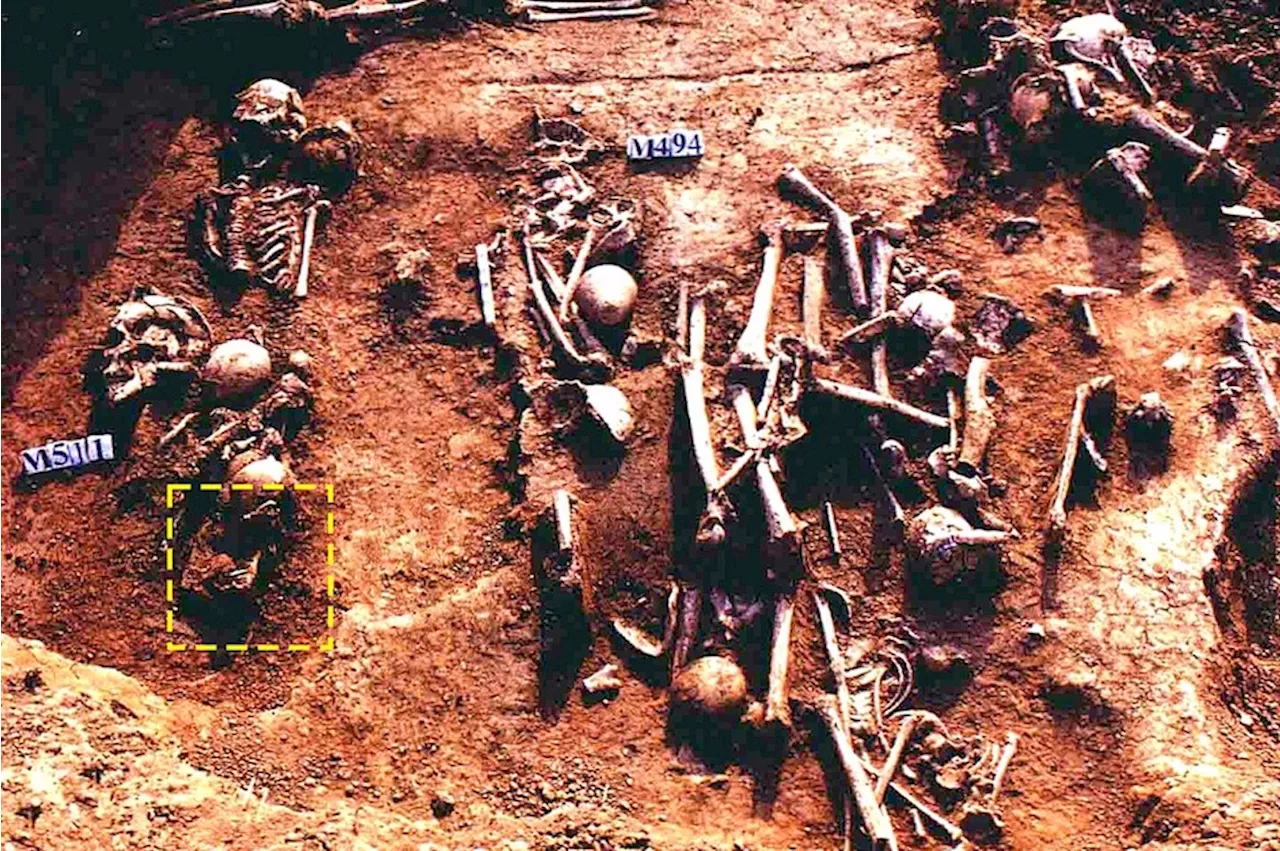Archaeologists excavating the Jiahu Neolithic site in China have unearthed a unique burial containing the remains of a child with unusual markings on their bones. This finding sheds light on potential burial practices unique to Neolithic China.
Archaeologists have revealed a 'unique' prehistoric burial featuring the remains of a child whose skeleton displays evidence of unusual marks on its bones.The child's remains were discovered at an early Neolithic archaeological site known as Jiahu , in northern China , that dates back to around 7,000-5,000 B.C.While the modifications remains something of a mystery, the bones may be indicative of burial practices that have previously not been documented in Neolithic China .
The Jiahu site was discovered in the 1960s in the town of Beiwudu in Henan province. It holds great significance for Chinese Neolithic archaeology having yielded important remains over several excavation seasons—including one of the world's oldest fermented beverages and possibly the oldest silk. Archaeologists have also uncovered dozens of human burials at the site.During a thorough lab analysis of human skeletal remains excavated from the site in 2001, the authors of a study published in the International Journal of Osteoarchaeology noticed an intriguing set of bones.These bones, which appear to belong to a child who died around the age of 8-10, originated from a multiple burial containing three individuals in total. The child's remains appear to have been placed in the grave in a 'concealed' way with various funerary goods, including a bone flute.The burial, known as M511, is located in a central cluster at the site dating to around 6,000 B.C. This cluster contains distinctive finds and features that were possibly associated with rituals or ritual practitioners, according to the study.For example, M511 lies in close proximity to two 'unique' archaeological features, including a large burial containing at least 23 individuals and a pit containing numerous turtle shell rattles, as well as a fork-shaped bone too
Archaeology China Neolithic Burial Child Marks Jiahu
United States Latest News, United States Headlines
Similar News:You can also read news stories similar to this one that we have collected from other news sources.
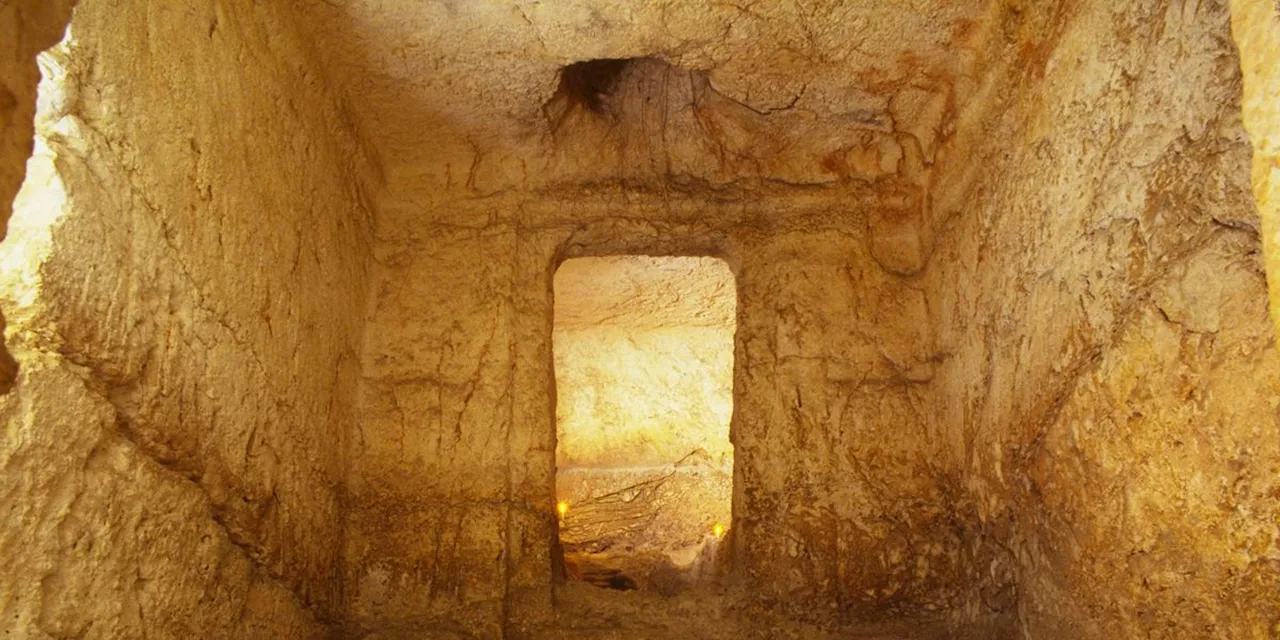 5,000-Year-Old Tomb Unearths Clues About Prehistoric Kingdom in ChinaA recently discovered 5,000-year-old tomb in central China is providing insights into the ancient Dawenkou Culture and the potential existence of a prehistoric kingdom. The tomb, located at the Wangzhuang ruins, is one of the largest from the period and contains a wealth of artifacts, including jade ornaments, bone tools, and pottery.
5,000-Year-Old Tomb Unearths Clues About Prehistoric Kingdom in ChinaA recently discovered 5,000-year-old tomb in central China is providing insights into the ancient Dawenkou Culture and the potential existence of a prehistoric kingdom. The tomb, located at the Wangzhuang ruins, is one of the largest from the period and contains a wealth of artifacts, including jade ornaments, bone tools, and pottery.
Read more »
 Iberian Neolithic societies had a deep knowledge of archery techniques and materialsA research team has made exceptional discoveries on prehistoric archery from the early Neolithic period, 7,000 years ago.
Iberian Neolithic societies had a deep knowledge of archery techniques and materialsA research team has made exceptional discoveries on prehistoric archery from the early Neolithic period, 7,000 years ago.
Read more »
 Water and gruel -- not bread: Discovering the diet of early Neolithic farmers in ScandinaviaAt a Neolithic settlement on the Danish island Funen dating back 5,500 years, archaeologists have discovered both grinding stones and grains from early cereals. However, new research reveals that the inhabitants did not use the stones to grind the cereal grains. Instead of making bread, they likely prepared porridge or gruel from the grains.
Water and gruel -- not bread: Discovering the diet of early Neolithic farmers in ScandinaviaAt a Neolithic settlement on the Danish island Funen dating back 5,500 years, archaeologists have discovered both grinding stones and grains from early cereals. However, new research reveals that the inhabitants did not use the stones to grind the cereal grains. Instead of making bread, they likely prepared porridge or gruel from the grains.
Read more »
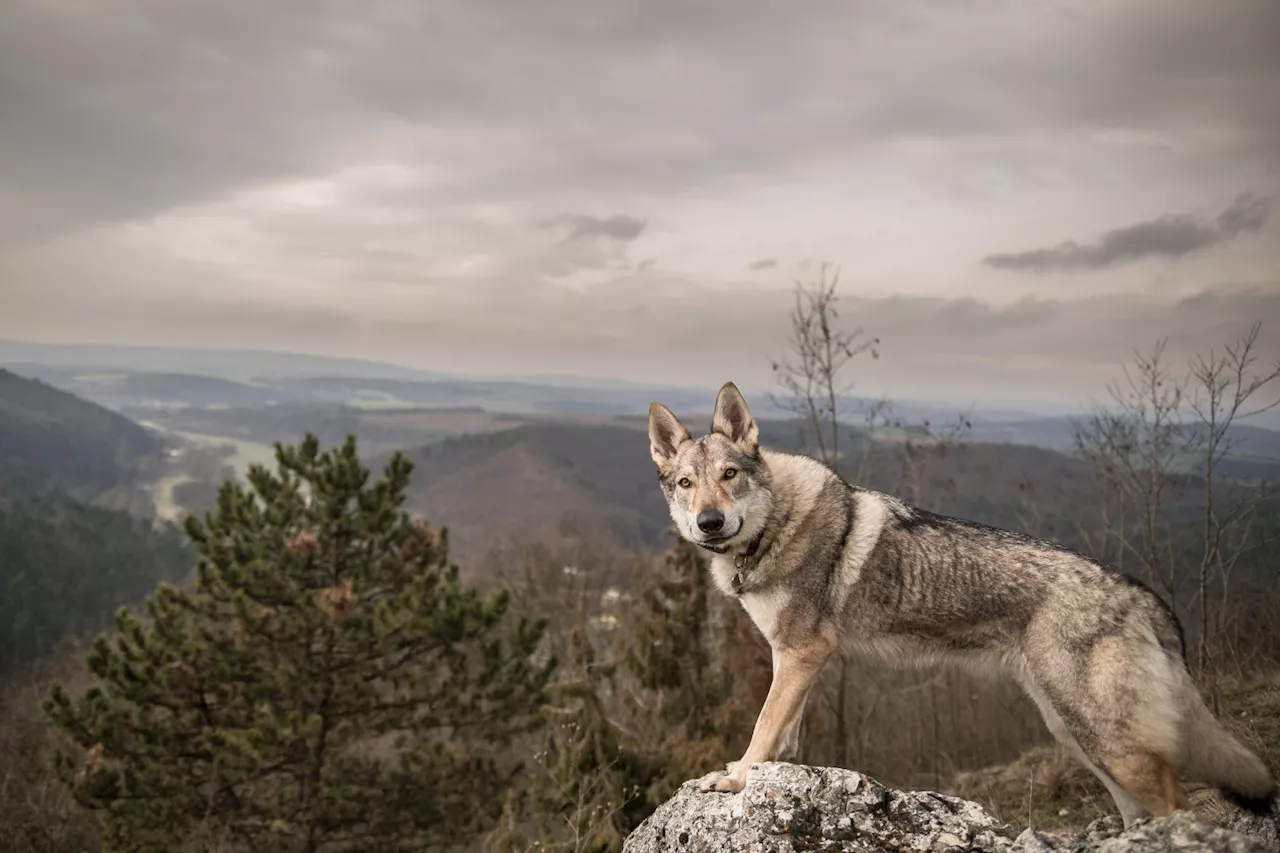 Dog Domestication Was a Messy Process, Claims Study of 76 Prehistoric CaninesBones from the turn of the Holocene indicate that humans were feeding canines—including wolves and coyotes—fish over 10,000 years ago,
Dog Domestication Was a Messy Process, Claims Study of 76 Prehistoric CaninesBones from the turn of the Holocene indicate that humans were feeding canines—including wolves and coyotes—fish over 10,000 years ago,
Read more »
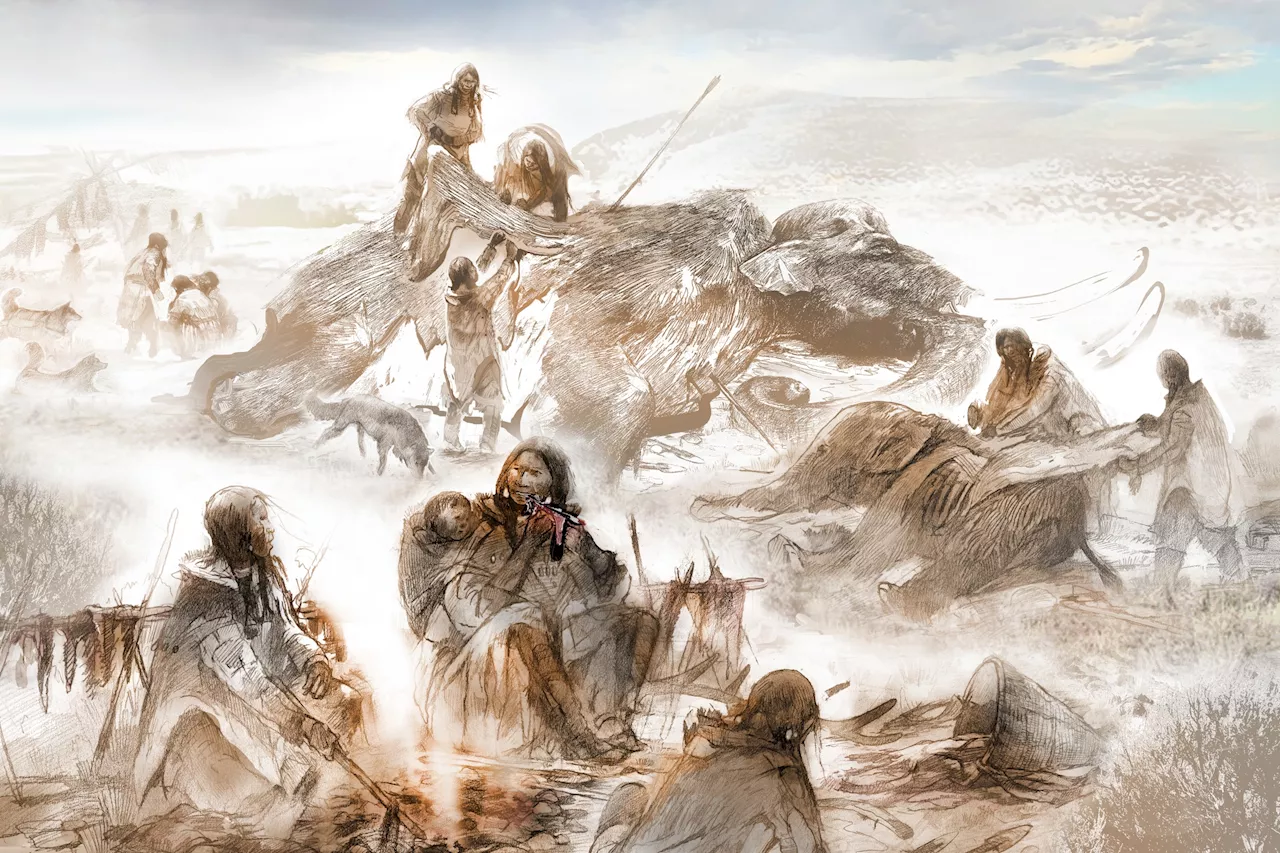 Prehistoric American Diet Was Rich in Mammoth Meat, Toddler Remains RevealA set of 12,800-year-old remains originally found in Montana provides a unique glimpse into the diet of the Clovis people.
Prehistoric American Diet Was Rich in Mammoth Meat, Toddler Remains RevealA set of 12,800-year-old remains originally found in Montana provides a unique glimpse into the diet of the Clovis people.
Read more »
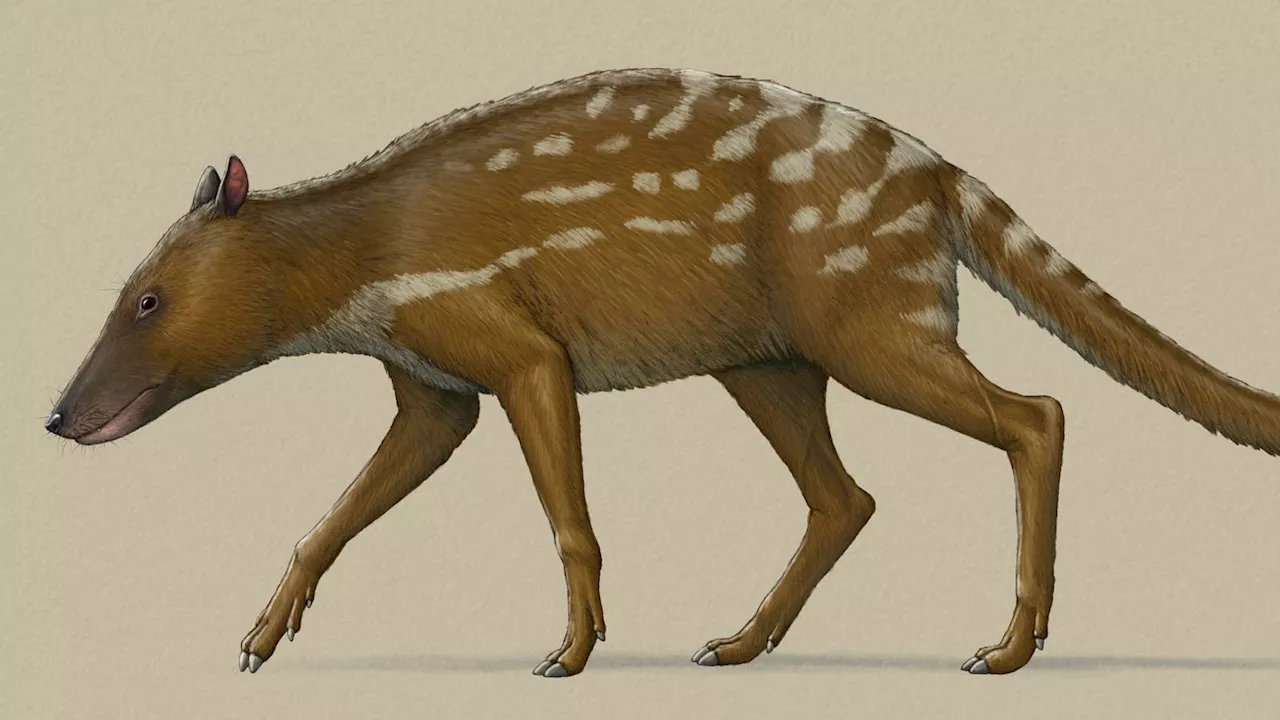 This Mouse-Deer-Like Prehistoric Creature Is The Ancestor Of WhalesIndohyus looked like a mouse-deer or a large racoon, but had the ears of a whale—and its fossil was found high up in the Himalayas.
This Mouse-Deer-Like Prehistoric Creature Is The Ancestor Of WhalesIndohyus looked like a mouse-deer or a large racoon, but had the ears of a whale—and its fossil was found high up in the Himalayas.
Read more »
